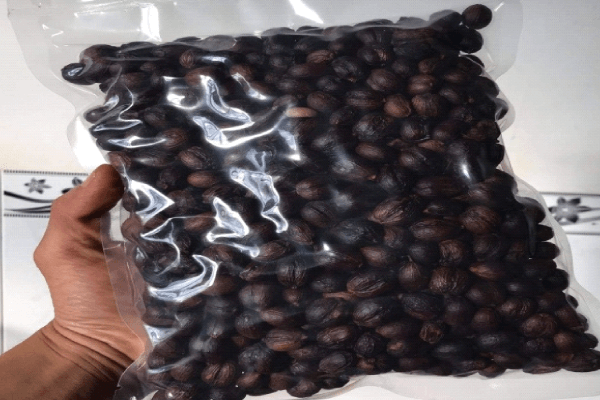Price :
QTY :
CART TOTALS :
There are items
in your cart
CART TOTALS :
Your shopping bag is empty
Go to the shop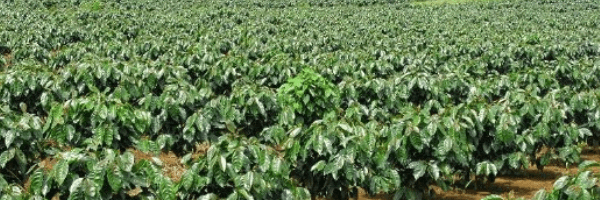
GROWING PROCESS AND CARE
The coffee seedlings are nurtured from the best coffee beans in the garden and planted in pots around May and June every year when the rainy season comes, usually about three years after planting for harvest.
During the process of taking care of the plants, nutrients are always added in accordance with each stage of development. The source of fertilizer is composted from agricultural waste such as coffee husks, cow manure, and other nutrients in the form of imported organic fertilizer with diverse nutritional components for coffee plants.

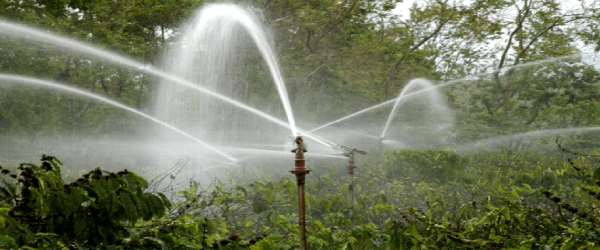
In the dry season, the trees are supplemented with water to increase their ability to cope with the environment and for the coffee garden to flower simultaneously. With enough water and fertilizer, the plants flower effectively and yield a bountiful harvest.
HARVESTING PROCESS
Coffee trees are usually harvested from September to November every year. Fortunately, it coincides with the sunny season on the basalt red soil to facilitate the harvesting, drying, and processing of coffee beans.
Requiring a high degree of human resources, quality green coffee goods are selected with a 100% ripening rate (ripe fruits are those with high and uniform sugar content). Good seed origin and cultivation are essential for producing high-quality products, which is a great achievement for gardeners.
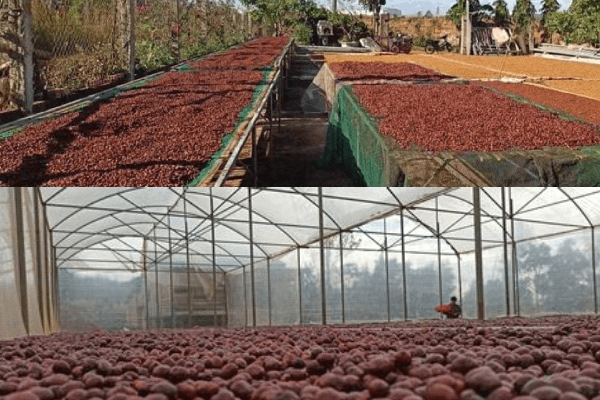
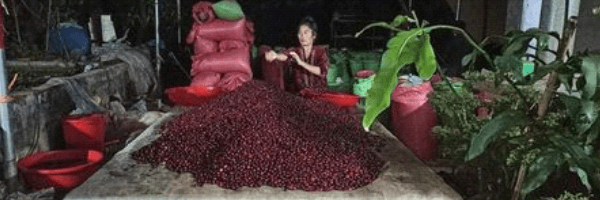
PRELIMINARY PROCESS
Preliminary processing is carried out the day after collection to achieve the best quality. Coffee berries are separated from impurities such as leaves and branches and then put through a floating fruit separator that removes dirt from the surface of the fruit.
After being drained on the rig, they are put into bags and controlled anaerobically to bring out the natural flavors through the fruit skin (the peel contains water, sugar, and amino acids) micro-fermentation. Anaerobic organisms and yeasts work to break down the substances contained therein into different enzymes, acids, and alcohols and release CO2. (In simple terms, anaerobic fermentation is the process by which microorganisms convert sugars to produce energy in the absence of oxygen)

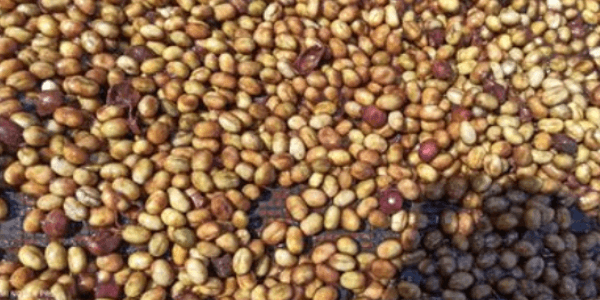
Because the fermentation process consumes sugar and amino acids as raw materials, controlling this process creates richer aromas (but if not controlled, they are considered lost and also create a bad taste due to fermentation). After the fermentation process has been completed, the coffee cherries are peeled using the red honey method and then brought out to dry on the rig. Peeling shortens the drying process because moisture is mainly in the rind, reduces aerobic fermentation that occurs when exposed to the environment, and prevents microbial colonization under adverse conditions.
When the fruit is not peeled but dried directly under the natural method in suitable weather conditions (sunshine), it produces a product with a flavor richer than honey. The drying process also plays an important role in flavor formation, including fast drying (thin exposure and sunny conditions to reduce moisture quickly to finish fermentation). After drying, the coffee beans are stored in a warehouse to avoid exposure to environmental light and re-moisturize coffee beans from the internal environment by packing them in plastic. Later, the drying process takes place slowly to create a good flavor, helping the beans to completely dry from the inside out. The drying process usually takes 24 to 30 days, depending on the weather conditions.
